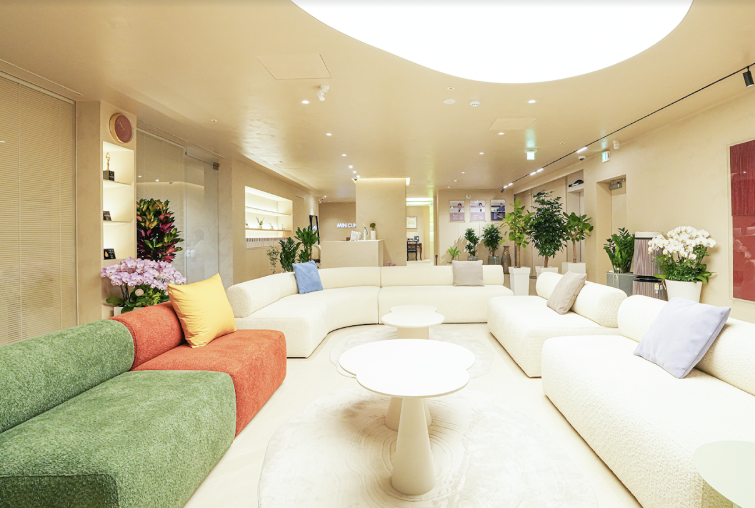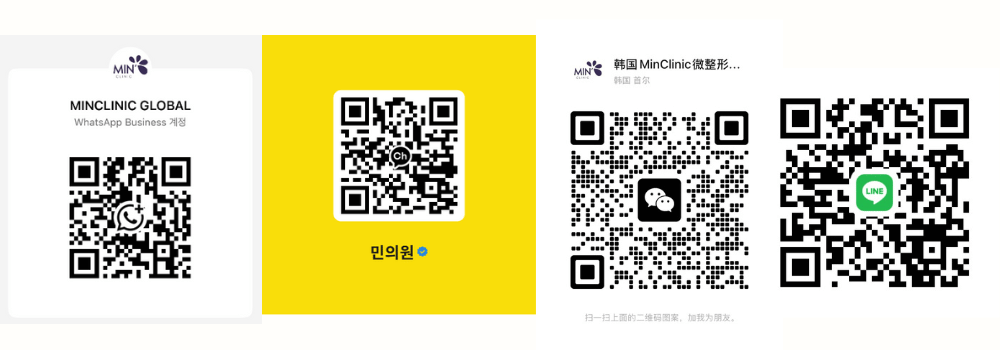Safe Acne Scar Treatments for Sensitive Skin in Korea
Understanding Acne Scars + Sensitive Skin
When you’ve got sensitive or reactive skin and acne scarring (indentations, post-inflammatory redness, large pores), choosing the right treatment matters. In Korea, many clinics specialise in scar revision—but for sensitive skin, you’ll want therapies that minimise irritation, downtime and risk of side-effects.
✅ Top Treatment Options That Work for Sensitive Skin
Here are safe and effective treatments often used in Seoul’s dermatology clinics for acne scars + sensitive skin.
Micro-needling / Collagen Induction Therapy
Often described as “MTS” (microneedle therapy system), this involves tiny-needle stimulation of the dermis to boost collagen and smooth scar texture. It’s described as “recommended … for someone with … large pores, acne scarring, rough skin texture, dry skin, and sensitive skin.”
ME CLINIC SEOUL
Benefits: Minimal heat damage, lower risk of pigment change, shorter recovery.
Notes: Ask for custom settings (shallower depth) for sensitive skin.
Pico / Non-Ablative Lasers
“Pico Toning … is one of the most advanced and gentle laser treatments … safe for all skin types and especially popular among those looking to treat acne scars and fine lines.”
seouldermatologyclinic.com
Benefits: High precision, minimal downtime, good for pigment+texture.
Notes: Even for sensitive skin ask for lower-energy setting and ensure experienced dermatologist.
Laser + RF Microneedling Combo
Many Korean clinics use fractional laser + RF-microneedling (radiofrequency) to treat deeper scars while also being mindful of healing. Example cost guide shows these options in Seoul.
Seoul Laser Skin Clinic
Benefits: More power, but when done conservatively can be safe.
Notes: For sensitive skin pick clinic experienced with lighter-dose protocols and good post-care.
Gentle Peel or Toner Laser for Texture & Redness
Some clinics offer gentler toning lasers or light peels specifically “even for sensitive skin”. Example: a dual-wavelength device described as “Reduced irritation and enhanced precision … allowing safe and comfortable treatment even for sensitive skin.”
닥터뉴셀
Benefits: Less aggressive, cheaper, good for early scars / texture.
Notes: May require more sessions; realistic expectations.
🔍 What to Ask Working with Sensitive Skin
- “What depth/settings will you use given my skin is sensitive?”
- “What is the expected downtime or recovery?”
- “Will you use numbing/soothing and what’s the after-care plan?”
- “How many sessions are recommended and what is the total budget?”
- “What device or brand of laser/microneedling are you using?”
- “What is the risk of pigment changes (especially if I have dark/sensitive skin)?”
📆 Sample Treatment Flow for Sensitive Skin
- Initial consultation with board-certified dermatologist (피부과 전문의).
- Skin analysis: scar type (rolling, boxcar, ice-pick), skin sensitivity, pigmentation risk, prior treatments.
- Choose gentler protocol: e.g., microneedling 1st, then pico laser toning, then optional RF microneedling.
- Pre-treatment preparation: skin barrier support, no fresh active irritants, ensure no active acne flare.
- Treatment session: with numbing, conservative settings.
- Post-care: cooling, soothing ampoules, strict sun protection, avoid heat/sauna for a few days.
- Follow-up & maintenance: more sessions spaced out; monitor skin reaction.
🗺 Best Clinics to Consider in Seoul
Since you’re focused on Korea, here are some general criteria: choose clinics with English-friendly service, good reviews for scar treatments (especially for sensitive skin). For example: clinics mention sensitive-skin safe laser options. (See above search results)
You can search in Gangnam, Apgujeong, Myeongdong, etc.
✨ Final Thoughts
Acne scar treatment for sensitive skin in Korea is very well supported by world-class clinics—but success depends on choosing the right modality and adjusting intensity for your skin. With gentle microneedling, pico lasers, or controlled RF/laser combos, you can get visible improvement with lower risk.
If you’re planning a visit: take your time, ask about your skin’s sensitivity, choose a board-certified dermatologist, and schedule for enough recovery.





